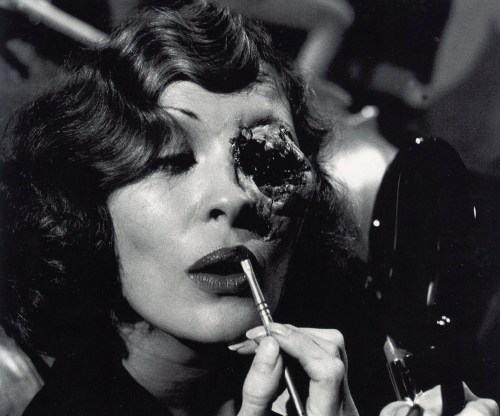I stumbled across this image in a typical Swedish interiors book. Full of 'miss-matched' furniture, stripped back wooden floors, classic scandinavian design, string shelves, novelty slogan posters and tea-towels. The book was titled 'Details', focusing on small well curated corners of apartments, and various 'quirky' items - such as a two-page spread devoted to toilet paper holders - intended to spruce up your home. Styling tip! It's all in the details apparently. My eyes latched on to this photo by pure chance - initially drawn to the beautiful chair-as-bedside table and rough white-washed walls, but on closer inspection was amazed to recognise the artfully stacked pile of books on the windowsill, realising them to be a collection of Maj Sjöwall and Per Wahlöö's crime novels, written in the 60's and 70's, featuring the protagonist Martin Beck. I have my own collection of these at home (up on my string shelf in fact), trophies from extensive and dedicated rummaging through second hand stores. These were the first books I read in Swedish. I have a near compulsion to buy any copy I stumble across, including having managed to collect 5 copies of Roseanna, (two in English, 3 in Swedish) the first book in the series. I will make the claim that Roseanna is up there among the greatest novels in not just Swedish crime, but within the crime genre in general.
Sometimes it's not just about having the details, but noticing them as well.




















































